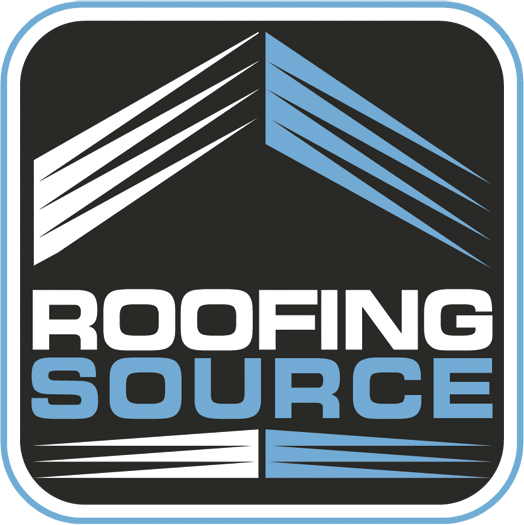A roof is one of the most important components of any building, serving as the primary barrier against the elements. However, like any part of a structure, it requires regular maintenance and inspection to ensure it remains functional and safe. Determining if a roof is maintainable involves a detailed assessment of its current condition, including factors like leak activity, drainage efficiency, and potential chemical damage. The goal of a roof inspection is to identify whether the roof can be restored and maintained through repairs and preventative care, or if it is too damaged and needs full replacement. This article outlines the key elements that professionals examine during an inspection to help you understand what makes a roof maintainable.
Leak Activity and Interior Inspection. The first step is to check for leak activity within the building. Understanding where leaks have occurred gives us an idea of potential weak spots. We also inspect the interior of the building, particularly the roof decking, for signs of wear or damage. This helps us evaluate the roof's age and identify any underlying issues that may not have been reported.
Core Cuts: Roof Composition and Moisture Detection. Core cuts are an essential part of the inspection process. By taking small samples from the roof, we can determine the composition of the roofing system and check for moisture within the insulation. These core samples reveal whether the insulation is wet, compromising its structural integrity. Core cuts also tell us if there are multiple roof layers and whether moisture has travelled between them, which is critical in assessing the roof’s long-term viability.
Inspection of Roof Components. A detailed inspection of the roof's sealants, membranes, field seams, curb flashing, parapet walls, and penetrations provides further insights into its condition. We assess the aging of these components and look for potential failure points. Drainage systems are a major consideration as well. Roofs with poor drainage or ponding water are more likely to experience ongoing issues, making them harder to maintain.
Chemical Damage and Drainage. Chemical damage, such as grease accumulation in certain facilities, can also affect a roof’s maintainability. If the damage is minor or contained, repairs may extend the roof's life. However, significant chemical degradation may require more comprehensive solutions. Effective drainage is equally important; roofs with poor drainage are scrutinized more heavily as they are prone to quicker deterioration.
Repair and Preventative Maintenance. Once core cuts are repaired, we address any defects identified during the inspection. Preventative maintenance is also performed on vulnerable areas to extend the roof's lifespan.
Roof maintainability is determined by leak activity, aging, drainage effectiveness, chemical presence, and defects found during the inspection. Even if a roof is heavily damaged, there are always options to extend its life through maintenance or repairs. By understanding and addressing these factors early on, property owners can ensure their roof continues to perform efficiently and avoid costly replacements. RoofingSource is here to help you assess and extend the lifespan of your roof through tailored solutions and expert guidance.
Interested in getting your roof protected? Request service online or call our team at (833) 247-7663.



